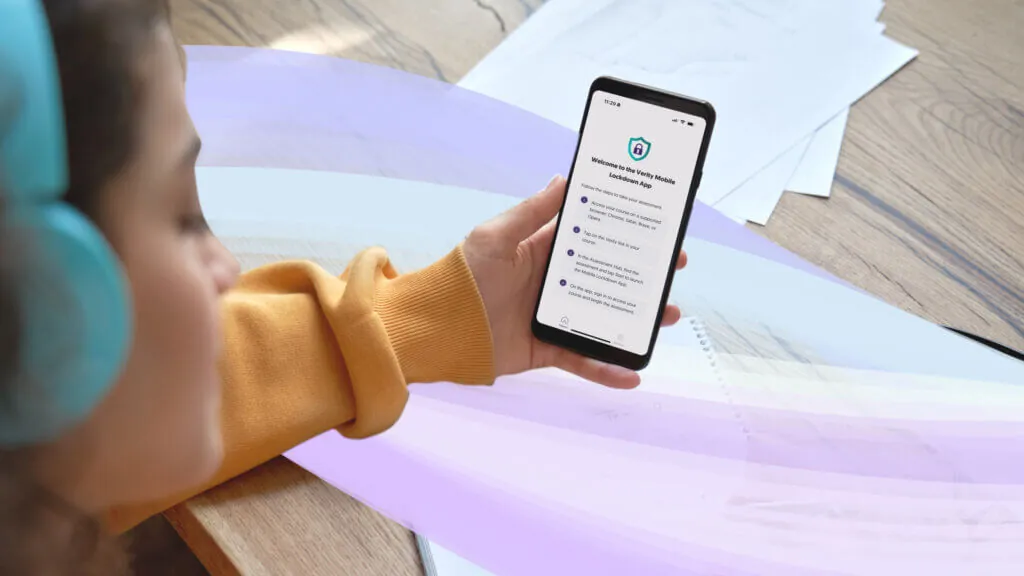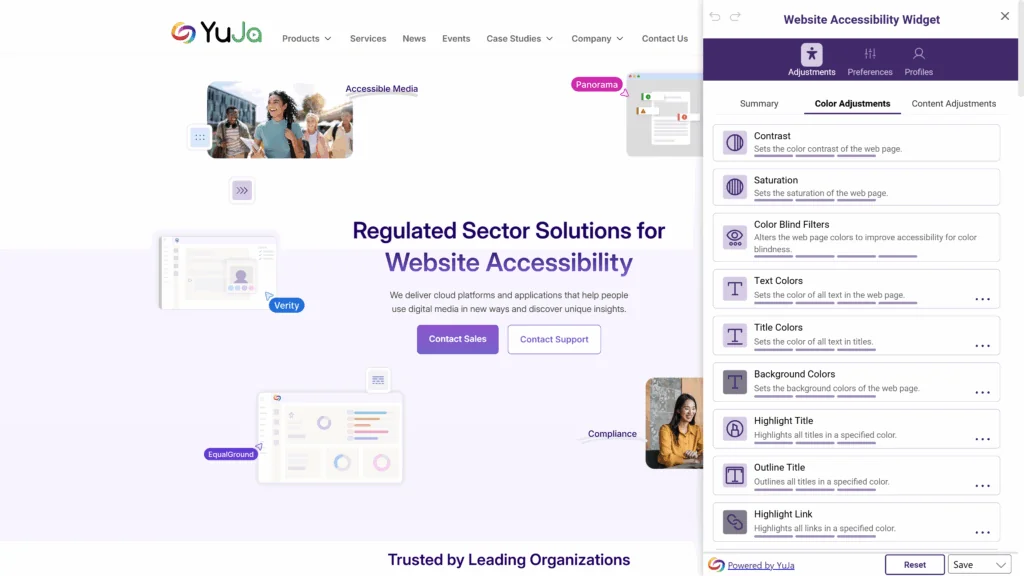In fact, according to the 2025 Midyear Accessibility Lawsuit Report, “digital accessibility lawsuits are on track to surge nearly 20 percent in 2025, with over 2,000 cases already filed in the first half of the year.”
At the halfway point of the year, more than 2,019 digital accessibility lawsuits were filed, the report says. If the pace continues, the U.S. is expected to see over 4,975 lawsuits by the end of the year.
Of particular note for institutions and organizations is where the cases are being filed. Increasingly, plaintiffs and their attorneys are choosing state over federal courts, which could have significant implications for how organizations think about digital accessibility compliance.
What’s Driving the Change?
Several factors are driving plaintiffs toward state courts:
Less Rigorous Standing Requirements: Federal courts, particularly in high-volume jurisdictions, are becoming increasingly skeptical of serial plaintiffs. Recent New York district court decisions show federal judges demanding more proof that plaintiffs have a genuine intent to use websites and legitimate standing to sue.
Judicial Fatigue: Federal courts where the same plaintiffs repeatedly appear before the same judges are showing signs of fatigue with accessibility litigation. State systems offer fresh venues with more judges and courts.
Different Legal Standards: State courts often provide more plaintiff-friendly interpretations of accessibility obligations and may offer additional legal theories beyond federal ADA claims.
What this Means for Institutions and Organizations
Addressing individual complaints does not protect your organization from future lawsuits. In 2024, 40 percent of accessibility lawsuits targeted companies that had already been sued.
Those using digital platforms must proactively develop and maintain comprehensive accessibility programs that address both federal and state regulations.
Keep in mind: the shift to state courts doesn’t change the underlying compliance requirements. Digital platforms used by institutions and organizations must still meet WCAG 2.1 Level AA standards, with particular attention to:
- Captions and transcripts for all video content
- Audio descriptions for visual elements
- Keyboard navigation capabilities
- Screen reader compatibility
The April 2024 DOJ Title II rule specifically requires state and local government entities to provide these accessibility features and establishes WCAG 2.1 AA as the standard.
Best Accessibility Practices
Accessibility requires ongoing attention as technology evolves and content changes. Organizational leaders should build accessibility considerations into your development and content creation processes. Best practices include:
Implement Comprehensive Accessibility Audits: Regular accessibility testing should combine automated scanning with manual expert review and assistive technology testing. Automated tools alone miss 60-70 percent of accessibility issues.
Establish Accessibility Governance: Create clear policies for digital accessibility, including procurement standards that require WCAG compliance from vendors. Designate accessibility coordinators and provide staff training.
Focus on Common Problem Areas: Educational technology often involves complex interactions that can create accessibility barriers:
- Video players that aren’t keyboard accessible
- Interactive content without alternative formats
- Mobile apps that don’t work with assistive technologies
- PDFs and documents that aren’t properly tagged
Compliance isn’t just about avoiding litigation; it’s about ensuring equal access for all users. Institutions that prioritize accessibility from the start, in procurement decisions, platform selection, and content creation, are well-positioned to serve all users effectively while minimizing legal risk.







